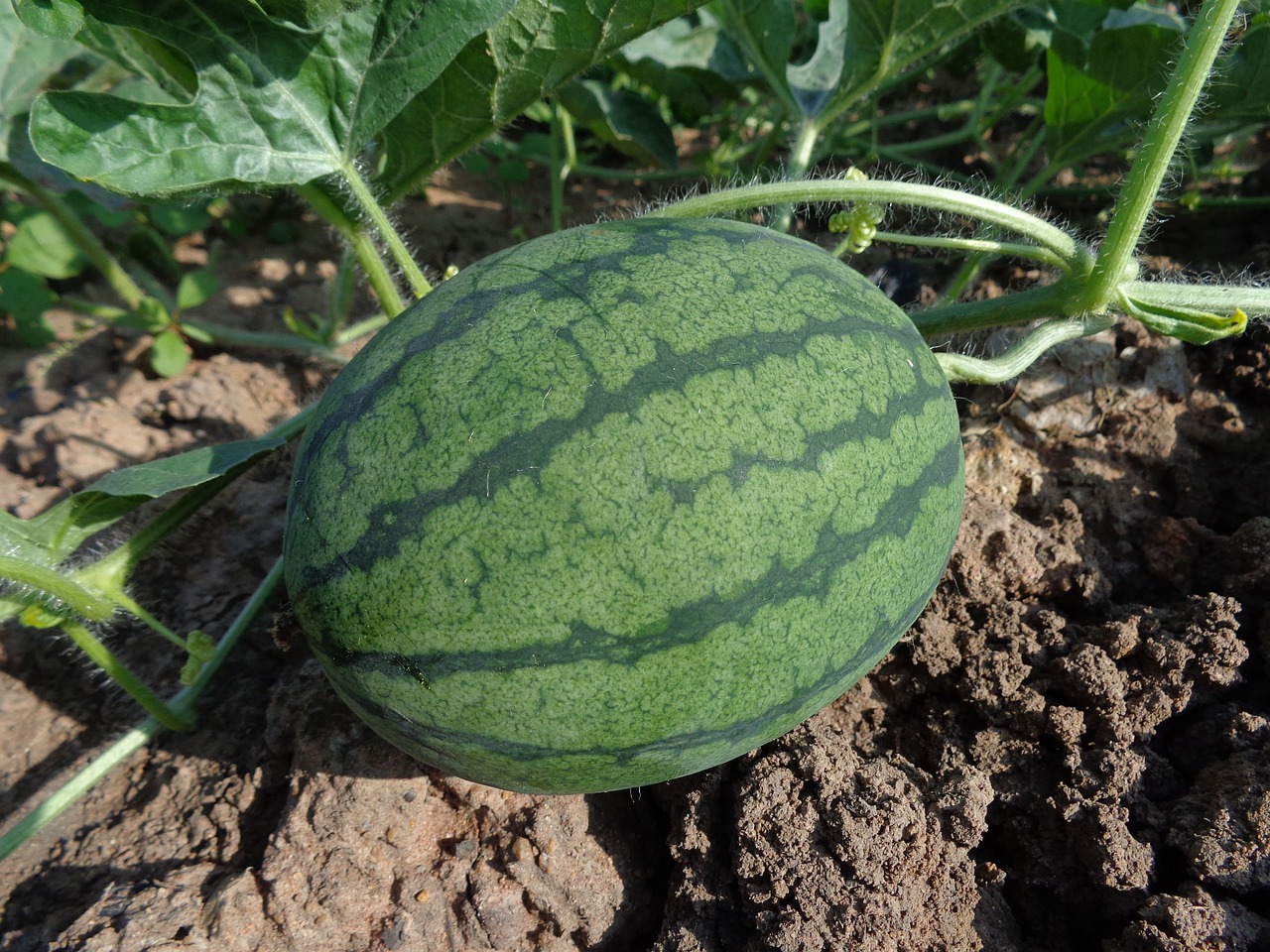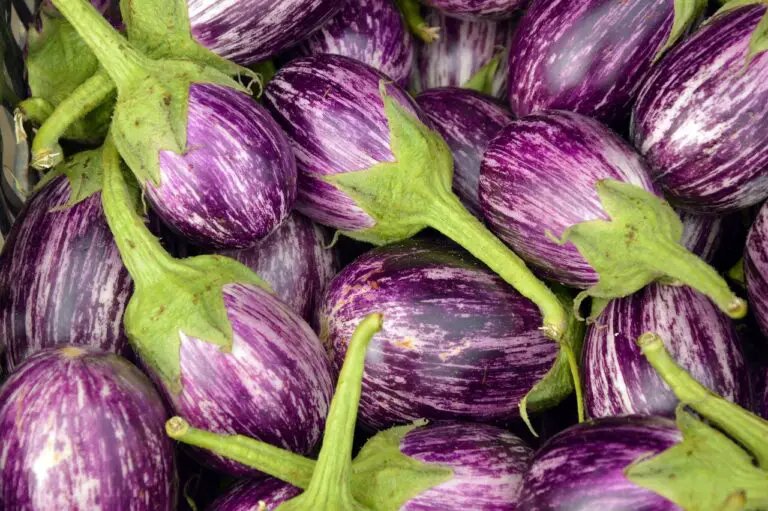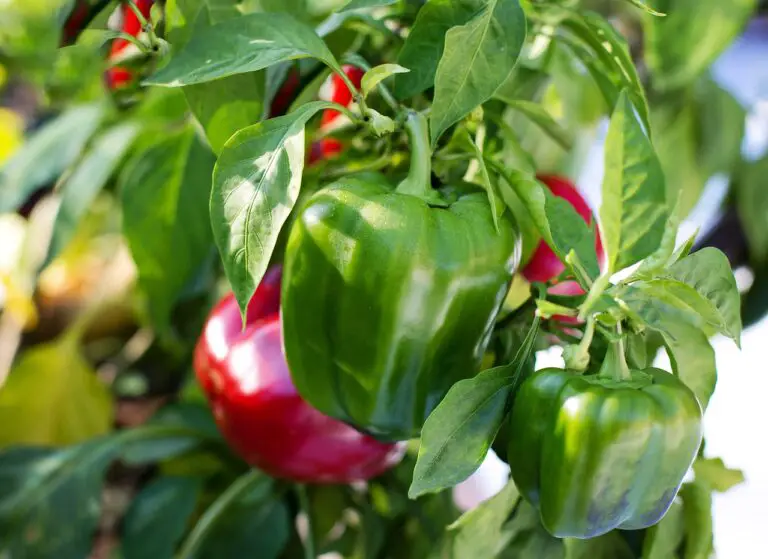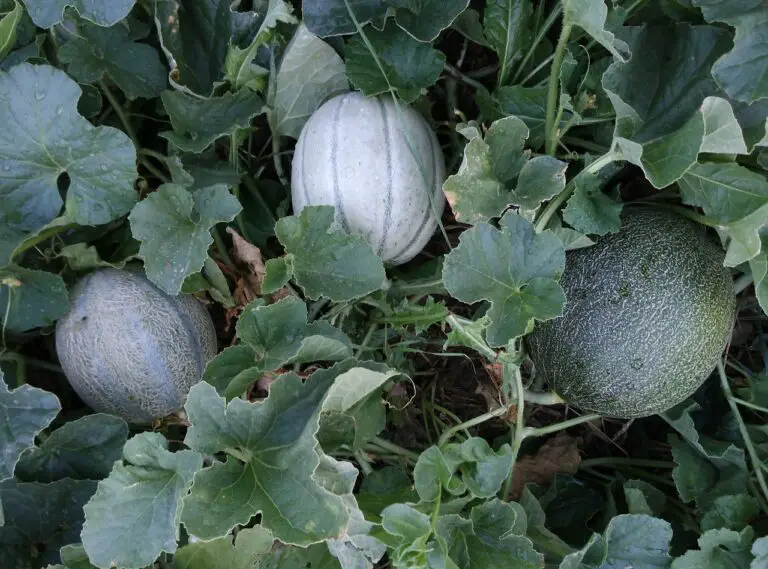10 Tips To Increase Fruit Production On Watermelon

Watermelon (Citrullus lanatus) is a popular and refreshing fruit that thrives in warm climates. To maximize fruit production and ensure a bountiful harvest, farmers and gardeners can implement various strategies. Here are ten tips to enhance watermelon yield and quality.
10 Tips to Increase Fruit Production on Watermelon
1. Selecting the Right Variety
Choosing the appropriate watermelon variety is crucial for successful fruit production. Different varieties have distinct growth requirements, disease resistance, and fruit characteristics. Consider factors such as climate, soil type, and available space when selecting a variety. Some cultivars may be better suited for specific conditions, resulting in higher yields.
When choosing a watermelon variety, it’s important to consider factors such as climate, soil type, and available space. Some cultivars are better suited for certain conditions, leading to more robust growth and higher yields. Additionally, select varieties that are known for disease resistance to ensure a healthier crop.
2. Optimal Plant Spacing
Proper plant spacing is essential for maximizing watermelon production. Adequate space allows each plant to receive sufficient sunlight, air circulation, and nutrients. Crowded plants can lead to increased competition for resources, stunted growth, and lower yields. Follow the recommended spacing guidelines for the chosen watermelon variety to promote healthy plant development and optimize fruit production.
Ensuring optimal plant spacing is crucial for maximizing watermelon production. Proper spacing allows each plant to receive ample sunlight, air circulation, and nutrients, promoting healthy growth and higher yields. Be sure to follow recommended spacing guidelines for the specific watermelon variety you’re cultivating to avoid competition among plants for essential resources.
3. Soil Preparation and Fertilization
Creating a nutrient-rich soil environment is key to increasing watermelon fruit production. Conduct a soil test to assess the soil’s pH and nutrient levels, and amend it accordingly. Watermelons prefer well-draining soil with a slightly acidic to neutral pH. Incorporate organic matter such as compost to improve soil structure and fertility. Additionally, use a balanced fertilizer with essential nutrients like nitrogen, phosphorus, and potassium to support robust plant growth and fruit development.
Proper soil preparation and fertilization are essential for increasing watermelon fruit production. Conduct a soil test to assess pH and nutrient levels, amending the soil as needed to create an optimal growing environment. Watermelons thrive in well-draining soil with a slightly acidic to neutral pH. Enhance soil fertility and structure by incorporating organic matter, such as compost. Utilize a balanced fertilizer with essential nutrients like nitrogen, phosphorus, and potassium to support vigorous plant growth and the development of high-quality fruits.
4. Effective Irrigation Practices
Watermelon plants require consistent and adequate water throughout their growth cycle. Implementing effective irrigation practices is crucial for optimizing fruit production. Provide regular, deep watering to ensure the roots receive sufficient moisture. Mulching around the plants helps retain soil moisture and suppress weed growth. Drip irrigation systems are ideal for delivering water directly to the root zone, reducing the risk of foliage diseases and promoting healthy fruit development.
Implementing effective irrigation practices is crucial for optimizing watermelon fruit production. Watermelon plants require consistent and adequate water throughout their growth cycle. Ensure regular, deep watering to provide sufficient moisture to the roots. Mulching around the plants helps retain soil moisture and suppress weed growth, contributing to healthier plants and improved fruit development. Consider using drip irrigation systems to deliver water directly to the root zone, reducing the risk of foliage diseases and ensuring efficient water utilization.
5. Proper Pollination Management
Watermelon fruit set is dependent on successful pollination. To enhance pollination and fruit development, encourage the presence of pollinators such as bees. Avoid using excessive pesticides that may harm pollinators, and consider planting pollinator-friendly flowers nearby. In situations where natural pollination may be limited, manual pollination can be employed by transferring pollen from male to female flowers using a small brush or cotton swab.
Successful watermelon fruit set relies on proper pollination. Encourage the presence of pollinators, such as bees, to enhance the pollination process and ensure robust fruit development. Minimize the use of pesticides that can harm pollinators, and consider planting pollinator-friendly flowers in the vicinity. In situations where natural pollination may be limited, manual pollination techniques, such as transferring pollen from male to female flowers using a brush or cotton swab, can be employed to improve fruit set.
6. Pest and Disease Management
Protecting watermelon plants from pests and diseases is crucial for maintaining healthy fruit production. Regularly inspect plants for signs of pests or diseases, and promptly address any issues. Employ integrated pest management (IPM) strategies that include cultural practices, biological controls, and, if necessary, targeted pesticide applications. Monitoring and early intervention are key to preventing the spread of diseases and minimizing the impact of pests on watermelon crops.
Effective pest and disease management are essential for maintaining healthy watermelon fruit production. Regularly inspect plants for signs of pests or diseases and take prompt action to address any issues. Implement integrated pest management (IPM) strategies that include cultural practices, biological controls, and targeted pesticide applications if necessary. Monitoring and early intervention play a crucial role in preventing the spread of diseases and minimizing the impact of pests on watermelon crops.
7. Temperature and Climate Considerations
Watermelons thrive in warm temperatures, and their fruit production is influenced by climate conditions. Plant watermelon seeds or transplants after the last frost date when soil temperatures have warmed. Provide protection, such as row covers, during unexpected late spring frosts. Additionally, consider using heat-absorbing mulches to warm the soil and promote optimal plant growth. Be mindful of temperature fluctuations and adjust planting times accordingly to maximize fruit production.
Consideration of temperature and climate conditions is vital for successful watermelon fruit production. Plant watermelon seeds or transplants after the last frost date, ensuring that soil temperatures have adequately warmed. Provide protection, such as row covers, during unexpected late spring frosts to prevent damage to young plants. Incorporate heat-absorbing mulches to warm the soil and create optimal conditions for plant growth. Monitor temperature fluctuations and adjust planting times accordingly to maximize fruit production.
8. Pruning and Training Techniques
Pruning and training watermelon plants can enhance fruit production by promoting better air circulation and sunlight penetration. Remove excess foliage to improve ventilation and reduce the risk of fungal diseases. Train vines to grow in a controlled manner, directing energy towards fruit development. Proper pruning and training also help manage plant size and prevent overcrowding, contributing to healthier plants and larger, high-quality watermelons.
Pruning and training techniques play a crucial role in enhancing watermelon fruit production. Remove excess foliage to improve air circulation and reduce the risk of fungal diseases. Train vines to grow in a controlled manner, directing energy towards fruit development. Proper pruning and training also help manage plant size and prevent overcrowding, contributing to healthier plants and the production of larger, high-quality watermelons.
9. Harvesting at the Right Time
Timing is critical when harvesting watermelons for optimal flavor and texture. Wait until the fruit reaches full maturity, as indicated by a dull rind color and a hollow sound when tapped. Harvesting too early can result in underdeveloped and less sweet fruit. Use a sharp knife or shears to cut the fruit from the vine, leaving a few inches of the stem attached. Proper harvesting practices contribute to better-tasting watermelons and encourage continued fruit production.
Harvesting watermelons at the right time is crucial for achieving optimal flavor and texture. Wait until the fruit reaches full maturity, as indicated by a dull rind color and a hollow sound when tapped. Harvesting too early can result in underdeveloped and less sweet fruit. Use a sharp knife or shears to cut the fruit from the vine, leaving a few inches of the stem attached. Following proper harvesting practices not only ensures better-tasting watermelons but also encourages continued fruit production.
10. Post-Harvest Care
Proper post-harvest care is essential to maximize the shelf life and quality of harvested watermelons. Store harvested fruits in a cool, dry place and avoid direct sunlight. Keep them off the ground to prevent rotting and maintain good air circulation. Regularly inspect stored watermelons for signs of decay, and promptly remove any damaged fruits to prevent the spread of spoilage. Implementing effective post-harvest practices contributes to the overall success of watermelon fruit production.
Effective post-harvest care is crucial for maximizing the shelf life and quality of harvested watermelons. Store fruits in a cool, dry place away from direct sunlight, and elevate them to prevent contact with the ground, reducing the risk of rot. Regularly inspect stored watermelons for signs of decay, and promptly remove any damaged fruits to prevent the spread of spoilage. Implementing proper post-harvest practices is integral to ensuring the overall success of watermelon fruit production.
10 Reasons Why These Tips Matter
1. Increased Yield and Profitability
Implementing the recommended tips for watermelon fruit production leads to increased yield, translating to higher profitability for farmers and gardeners. By optimizing growing conditions and management practices, the potential for a bountiful harvest is significantly enhanced.
2. Improved Fruit Quality
Following these tips results in improved fruit quality, with watermelons exhibiting better taste, texture, and overall appeal. Enhanced fruit quality not only satisfies consumer preferences but also contributes to the success of the agricultural enterprise.
3. Resource Efficiency
Proper plant spacing, irrigation, and fertilization contribute to resource efficiency by ensuring that each plant receives the necessary nutrients and water without wastage. This promotes sustainable farming practices and minimizes environmental impact.
4. Disease Prevention
The implementation of pest and disease management strategies is crucial for preventing the spread of diseases and minimizing the impact of pests. This proactive approach safeguards the health of watermelon crops and ensures a more robust harvest.
5. Environmental Stewardship
Adopting practices such as integrated pest management and proper soil preparation align with principles of environmental stewardship. These methods reduce the reliance on chemical inputs, promoting a healthier ecosystem in and around the cultivation area.
6. Consistent Watermelon Supply
By carefully managing planting times and employing temperature considerations, farmers can achieve a consistent supply of watermelons throughout the growing season. This contributes to market stability and consumer satisfaction.
7. Enhanced Pollination
Encouraging natural pollination or employing manual pollination techniques ensures a higher rate of successful fruit set. This is essential for maximizing the number of marketable watermelons and overall crop productivity.
8. Long-Term Soil Health
Soil preparation practices, including the incorporation of organic matter, contribute to long-term soil health. Healthy soils support robust plant growth, sustained fruit production, and overall farm resilience.
9. Reduced Waste
Proper post-harvest care minimizes waste by extending the shelf life of harvested watermelons. This results in fewer discarded fruits and contributes to a more sustainable and efficient agricultural operation.
10. Enhanced Reputation
Consistently producing high-quality watermelons through the implementation of these tips enhances the reputation of farmers and gardeners. A positive reputation can lead to increased market demand and consumer loyalty.
In conclusion, achieving optimal watermelon fruit production involves a combination of careful planning, effective management practices, and a proactive approach to potential challenges. By implementing these ten tips, farmers and gardeners can enhance yield, improve fruit quality, and contribute to sustainable and successful watermelon cultivation.






